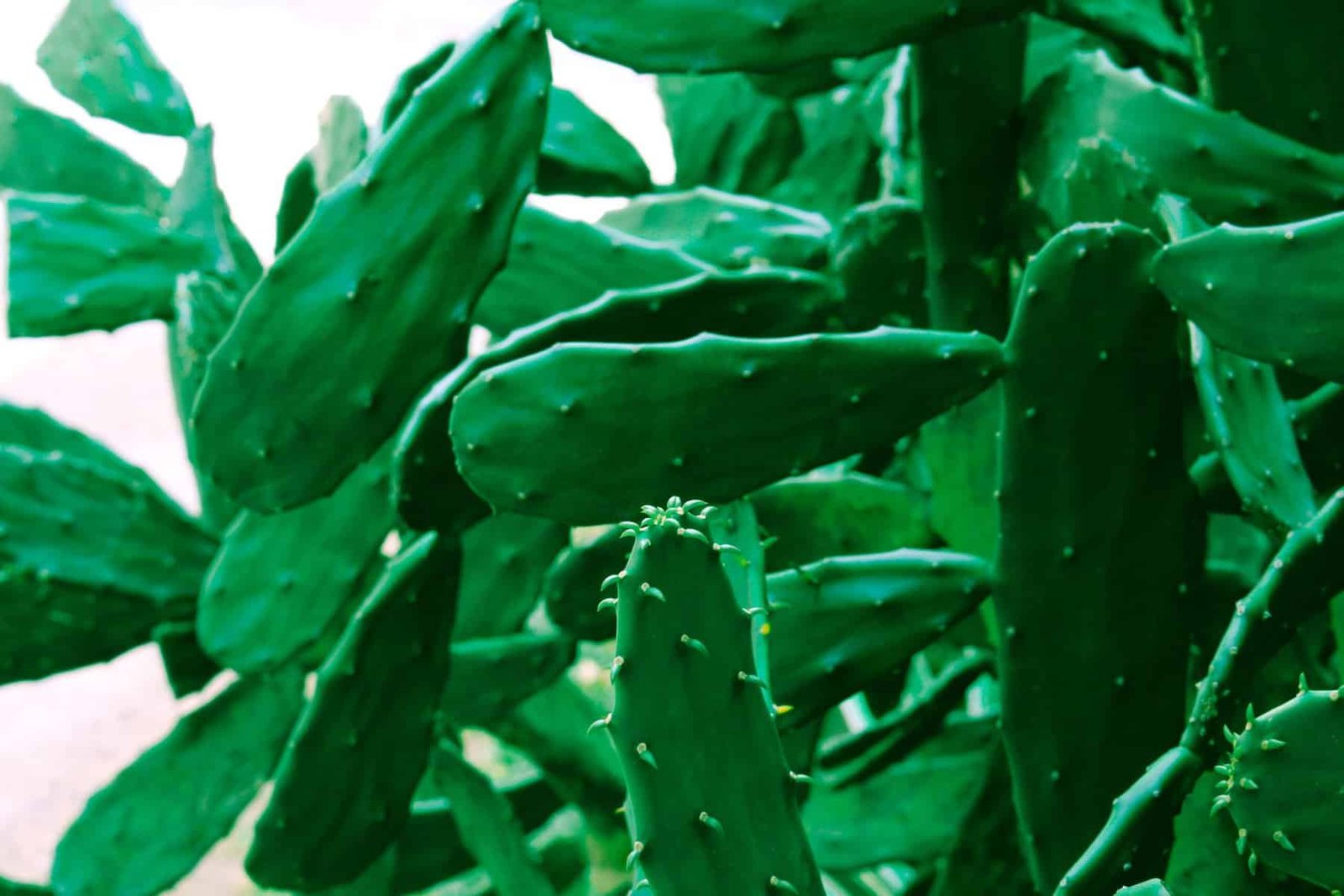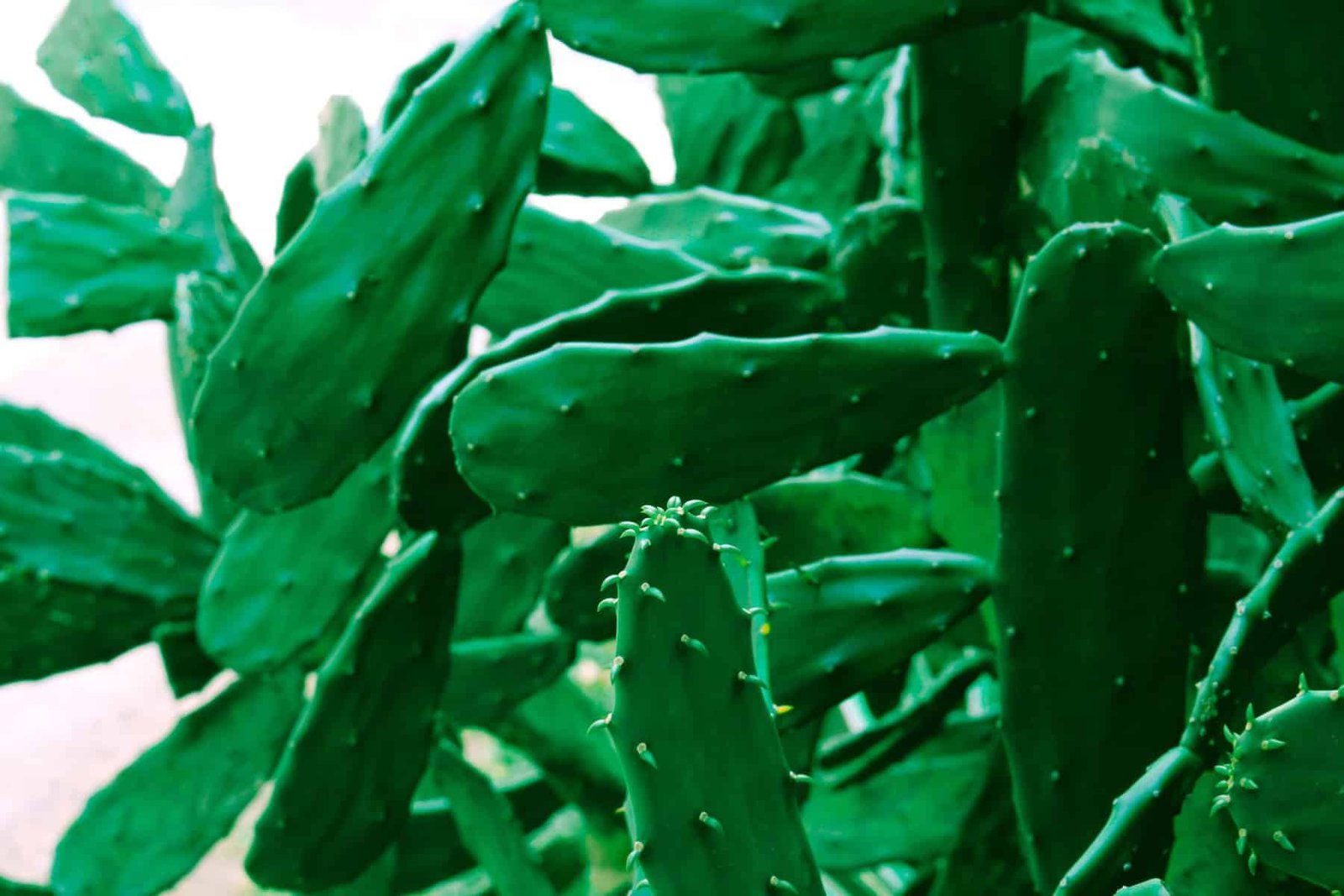If you’re someone who loves exploring new flavors and experimenting in the kitchen, you may have come across the intriguing ingredient known as nopal. Nopal, also referred to as prickly pear cactus, is widely used in Mexican cuisine and is known for its distinct taste and texture. But what about using canned or jarred nopal in your recipes? Are there any special considerations to keep in mind? Let’s uncover the answers to these questions and discover the potential of this unique ingredient in our culinary adventures.

Health Benefits of Nopal
Nutritional Profile of Nopal
Nopal, also known as prickly pear cactus, is not only a delicious addition to meals but also packed with essential nutrients. This versatile ingredient is low in calories and fat, making it an excellent choice for those looking to maintain a healthy weight. Nopal is also a great source of dietary fiber, promoting a healthy digestive system and reducing the risk of constipation.
Additionally, nopal is rich in antioxidants, such as vitamin C and beta-carotene, which help protect the body against harmful free radicals and can potentially reduce the risk of chronic diseases like heart disease and cancer. It is also a good source of vitamins B6, K, and folate, which are essential for maintaining optimal health.
Potential Health Benefits
Including nopal in your diet may provide several health benefits. Due to its high fiber content, nopal can help regulate blood sugar levels, making it a great choice for individuals with diabetes or those aiming to manage their blood glucose levels. The fiber in nopal also promotes a feeling of fullness, which can aid in weight management by reducing overeating and snacking.
Moreover, the antioxidant properties of nopal can contribute to a stronger immune system, protecting the body against infections and illnesses. The presence of vitamins K and calcium in nopal can also support bone health and prevent the development of osteoporosis.
Choosing Canned or Jarred Nopal
Comparing Canned and Jarred Nopal
When it comes to choosing between canned or jarred nopal, there are a few factors to consider. Canned nopal is typically more readily available and convenient, while jarred nopal offers a longer shelf life. Both options can provide the same nutritional benefits as fresh nopal, but there may be differences in taste and texture.
Quality Considerations
Regardless of whether you opt for canned or jarred nopal, it is important to ensure the product is of high quality. Look for reliable brands that use fresh and ripe nopal, as this will ensure the best flavor and texture. Additionally, check the packaging for any signs of damage or leakage, as this may indicate spoilage or contamination.
Ingredients and Additives
It is also essential to read the ingredients list on the packaging of canned or jarred nopal. Some brands may use additives, such as preservatives or excessive sodium, to enhance the flavor or extend the shelf life. If you have dietary restrictions or preferences, be mindful of these additives and choose products that align with your needs.
Preparing Canned or Jarred Nopal
Rinsing and Draining
Before using canned or jarred nopal, it is important to rinse and drain it thoroughly. This will help remove any excess brine, sodium, or other additives that may have been used during the preservation process. Rinsing also helps reduce the strong and distinct flavor that canned or jarred nopal can sometimes have.
Cooking Methods
Canned or jarred nopal can be added to a variety of dishes, and the cooking method will depend on the recipe you are following. One popular way to prepare nopal is by sautéing it with onions, garlic, and spices, which enhances its flavor and softens its texture. Nopal can also be grilled, boiled, or used in stews and soups. Experiment with different cooking methods to find your preferred way of incorporating nopal into your meals.
Substituting Fresh Nopal with Canned or Jarred Nopal
Texture and Taste Differences
While fresh nopal has a unique texture and taste, canned or jarred nopal may have a slightly different profile. The preservation process can soften the texture of nopal and alter its taste, making it slightly more acidic or tangy. However, the overall flavor and nutritional benefits are still present, making canned or jarred nopal a suitable substitute in many recipes.
Alterations in Cooking Time
When using canned or jarred nopal as a substitute for fresh nopal, it is important to consider the cooking time. Canned or jarred nopal is already cooked during the preservation process, so it will require less cooking time compared to fresh nopal. Be mindful of this difference to ensure your dish is cooked to perfection.

Recipes That Utilize Canned or Jarred Nopal
Ensaladas de Nopal (Nopal Salad)
A refreshing and nutritious option, nopal salad is a popular dish that can be made using canned or jarred nopal. Combine the rinsed and drained nopal with diced tomatoes, onions, cilantro, lime juice, and a sprinkle of salt and pepper. Toss everything together and let it marinate in the refrigerator for a few hours before serving. This salad is a delightful side dish or a light and healthy entree.
Nopal Tacos
For a flavorful twist on traditional tacos, try using canned or jarred nopal as a filling. Sauté the nopal with onions, garlic, and your choice of Mexican spices until softened. Warm tortillas, add the nopal mixture, and top with your favorite taco toppings like salsa, avocado, and cilantro. These nopal tacos are a delicious and nutritious alternative to the typical meat or vegetarian fillings.
Nopal Smoothies
Incorporating nopal into smoothies is a great way to enjoy its nutritional benefits. Blend together rinsed and drained nopal, your favorite fruits like pineapple, banana, or berries, a splash of citrus juice, and some yogurt or plant-based milk for a creamy consistency. This refreshing and vibrant smoothie is a fantastic way to start your day or as a post-workout treat.
Storing Canned or Jarred Nopal
Refrigeration Guidelines
Once opened, canned or jarred nopal should be stored in the refrigerator to maintain its freshness. Transfer the remaining contents into an airtight container and refrigerate promptly. Depending on the brand and specific product, the recommended refrigeration time may vary, so always refer to the packaging or label for guidance.
Freezing Nopal
If you have leftovers or want to extend the shelf life of canned or jarred nopal, you can also freeze it. After opening the can or jar, transfer the remaining nopal into freezer-safe containers or bags. Ensure that the nopal is properly sealed and label the containers with the date of freezing. Frozen canned or jarred nopal can be stored for several months, maintaining its quality for future use.

Safety Considerations
Inspecting the Packaging
Before using canned or jarred nopal, it is crucial to inspect the packaging for any signs of damage, such as dents, bulges, or leakage. These can indicate a compromised seal, potential contamination, or spoilage. If you notice any abnormalities, it is advisable to discard the product and choose a different one to ensure your health and safety.
Checking for Signs of Spoilage
Even when using high-quality canned or jarred nopal, it is essential to check for signs of spoilage before consuming. Look for any discoloration, mold, or foul odors, as these are indicators that the nopal may have gone bad. If you come across any of these signs, it is best to err on the side of caution and dispose of the nopal to prevent any potential health risks.
Sustainable Choices
Considering Packaging Materials
When choosing canned or jarred nopal, you can also consider the sustainability of the packaging materials. Look for brands that use recyclable or eco-friendly packaging to minimize the environmental impact. Additionally, some brands may prioritize using BPA-free cans or jars, further reducing potential health risks.
Supporting Regenerative Agriculture
Supporting regenerative agriculture is another way to make sustainable choices when it comes to nopal. Look for brands that prioritize sustainable farming practices, such as organic or fair trade certifications. These farming methods promote soil health, biodiversity, and reduce the use of harmful pesticides and chemicals.
Common Mistakes When Using Canned or Jarred Nopal
Overcooking Nopal
One common mistake when using canned or jarred nopal is overcooking it. Due to its already cooked state, canned or jarred nopal only needs to be heated through or sautéed briefly to soften it further. Overcooking can result in a mushy texture and a loss of the vibrant green color of nopal, diminishing its overall appeal.
Using Excessive Sodium
Some canned or jarred nopal products may contain excessive sodium as a preservative or flavor enhancer. It is important to be mindful of your sodium intake and consider the sodium content when incorporating nopal into your recipes. If you are monitoring your sodium levels or have specific dietary restrictions, opt for low-sodium versions or rinsing the nopal thoroughly to reduce sodium content.
Conclusion
Incorporating canned or jarred nopal into your culinary repertoire can provide a convenient and delicious way to enjoy its health benefits all year round. Whether you choose to make refreshing salads, flavorful tacos, or vibrant smoothies, nopal adds a unique touch to your meals. Remember to choose high-quality brands, rinse and drain the nopal properly, and be mindful of cooking times and sodium content. By making informed choices, you can savor the nutritional advantages of nopal while exploring sustainable options that prioritize both your well-being and the environment. So go ahead and embrace the versatility of canned or jarred nopal in your kitchen – your taste buds and health will thank you!

